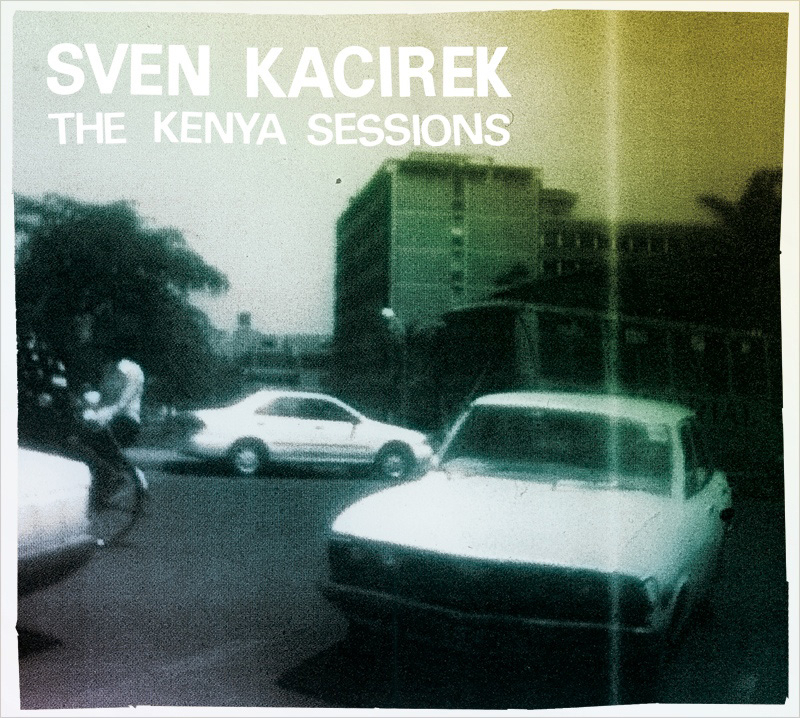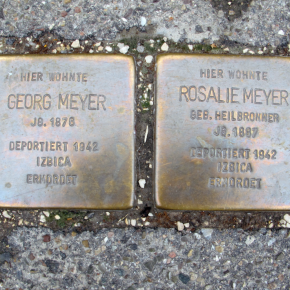When a German producer receives support from the Goethe Institute to collect field recordings in Africa and forcefully rework them into cutting-edge electronica, difficult questions are bound to come up. Are the musicians he documented being exploited, whether financially or culturally? Does the finished product break new ground in European art’s engagement with so-called “primitive” cultures? Or is it just the latest example of the simultaneously passionate and patriarchal exoticism that played such a crucial role in Modernism? And, less abstractly, is this one of those cases in which a record is more interested in doing good than sounding good?
Early commentary on Sven Kacirek’s work in The Kenya Sessions indicates that he both feels the pressure of these questions and has managed to avoid letting them get to him. Certainly, the album is refreshingly free of the earnestness that has undermined so many Western artists who have turned to Africa for inspiration. Given the title, listeners aren’t likely to forget its geographic origins. But Kacirek handles his source material like a tool rather than a fetish.
On the stately “Paperflowers,” the elegiac ambience of Kacirek’s composition is offset by voices raised in song, but the effect is more like Mogwai than Graceland. “Trickled Away” pushes them forward in the mix, but the collage-like construction and acute stereo separation underscore their textural quality. Even on short tracks like “On the Coast” and “Walk to Rangala”, which eschew DJ moves for a documentary approach, the production keeps the intransigence of fact at a respectful distance. Overall, the effect is like looking through water: you can still see, but you are always aware of the medium the separates you from the object of your gaze.
The danger in this “toolbox” approach to the handling of field recordings is that it will go too far, stripping away the context that made them compelling to begin with. The Kenya Sessions needs to remain grounded in Kenya, in other words, rather than being assimilated to the diffuse category of Africa or conjuring the ideologically fraught notion of “world music.” If Kacirek fails on this album, it is in striking this delicate balance.
One sometimes gets the impression that the field recordings function as an occasion for self-expression rather than a means of honoring the musicians they capture. Kacirek seems so keen on evading the charge of fetishization that he fails to give them their proper due. Sure, there’s something disturbing about that quintessentially Modernist move, in which crafts with ritual significance would be transubstantiated into works of art to be hung on gallery walls. But the solution isn’t to turn your hand-carved tribal mask into an ashtray instead.
Not that Kacirek falls prey to this overreaction too often. And even when he is guilty of instrumentalizing his source material to the point where he sullies its distinctive character, his heart still seems to be in the right place. He is planning a concert tour with some of the musicians featured on The Kenya Sessions and also plans to do follow up research in their homeland. This time, he might consider giving them the tools of his trade, to see how they would remix their own heritage. The best way to turn the impulse to exoticize on its head is to study ourselves from afar.





